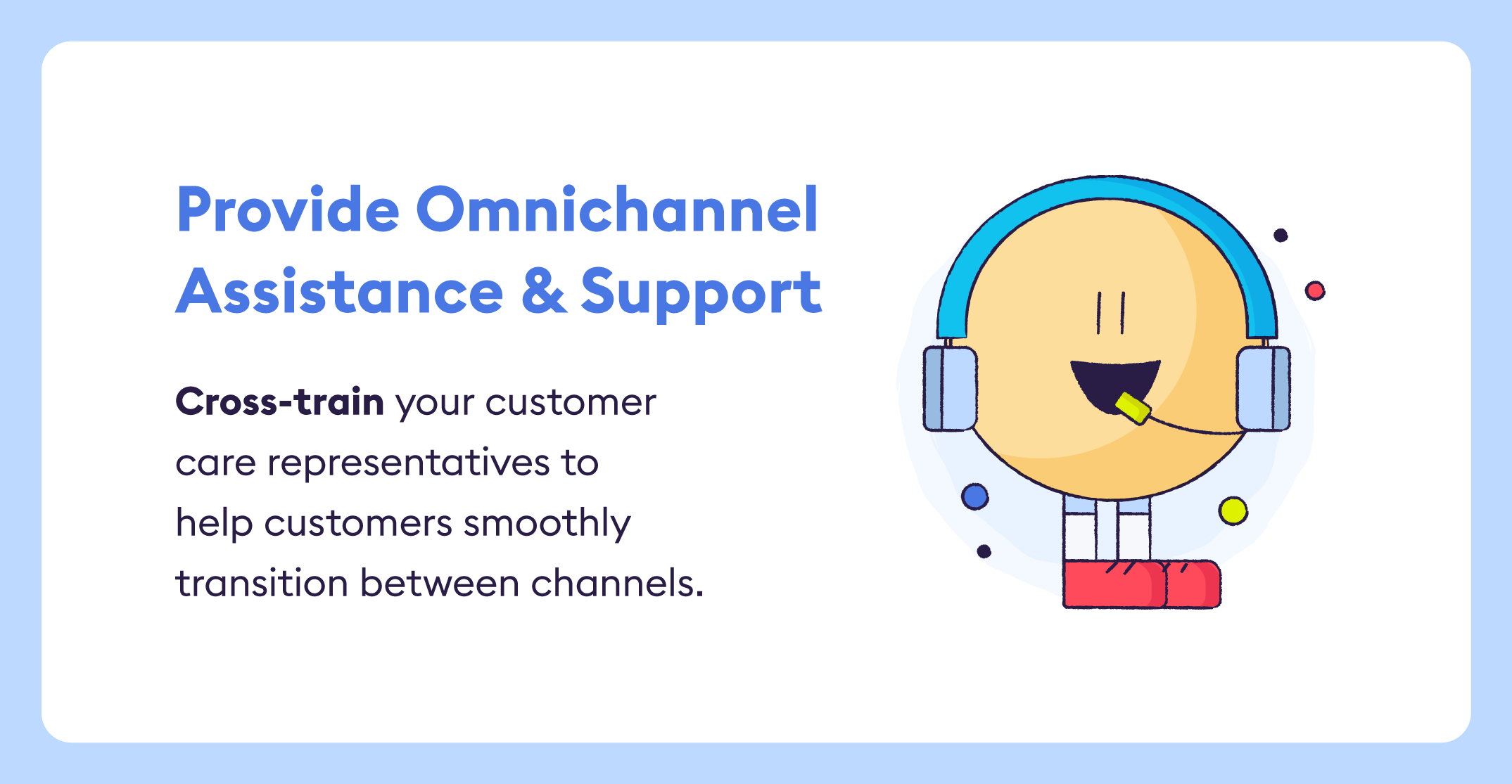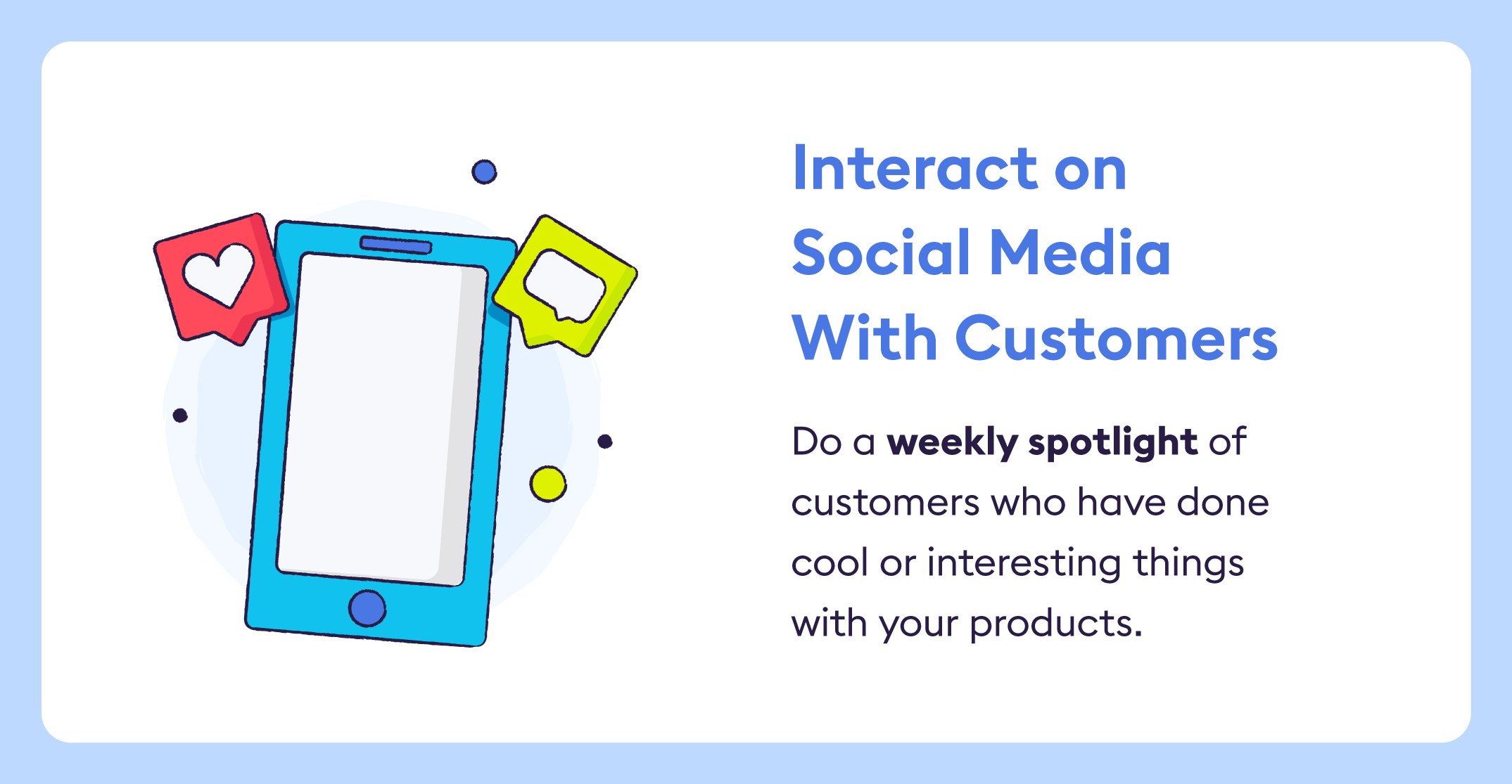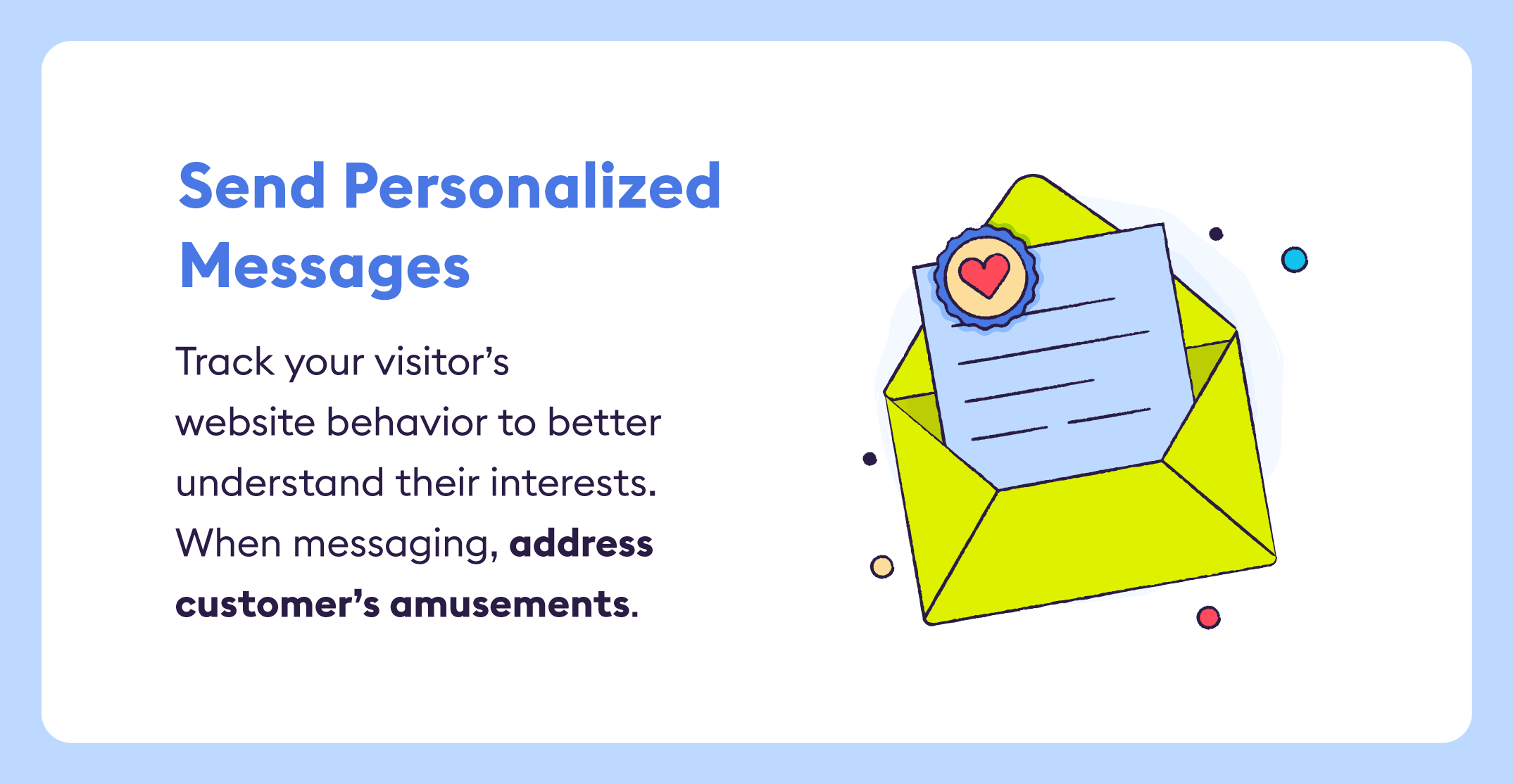Measuring customer satisfaction is an integral part of the customer journey. If your customers are satisfied and happy with your product or service, they will likely become repeat customers. Clients who have a negative experience will likely churn. Even worse, they might share their negative experiences with others online or with friends and family.
Therefore, part of a well-run customer experience is working to keep all customers satisfied. If you aren’t attempting to improve your customer satisfaction, your competitors most certainly are — making it easier for consumers to shift brand loyalty. The 8 strategies below from Chattermill will help improve your customer satisfaction, which in turn will help retain clients and bolster your brand’s reputation.
Before Even Receiving Feedback, Try To Please The Customer
In general, no one likes waiting in the queue. Customers get especially annoyed if they have to wait for a representative. Here are several ways to reduce wait times and quickly address customers’ needs.
1. Provide Omnichannel Or Multichannel Support
“Every piece of the consumer’s experience should be consistent and complementary. People use multiple devices during a single transaction process. Make sure that you can listen and respond to these interactions.” — Paige Arnof-Fenn, Founder and CEO, Mavens and Moguls Multichannel support allows customers to choose an interaction method that is most convenient for them. For example, if a customer has a straightforward question, a simple SMS communication or a live chat channel, through Dixa, with a customer service representative will. For more in-depth or detailed questions, allow for emailed tickets or phone calls depending on a customer’s preferences.
Multichannel support allows customers to choose an interaction method that is most convenient for them. For example, if a customer has a straightforward question, a simple SMS communication or a live chat channel, through Dixa, with a customer service representative will. For more in-depth or detailed questions, allow for emailed tickets or phone calls depending on a customer’s preferences.
Omnichannel support takes the multiple different channels and allows the customer to be easily transferred between different channels. A prime example is when an issue becomes more complex than originally believed. Omnichannel support allows for a customer to seamlessly access integrated channels, e.g., going from a live chat to a phone call without obstacles.
2. Take Advantage Of Customers Mistakes
Customers are people too, and they often make mistakes. Perhaps they misordered an item or forgot to enter a promo code during checkout. Use a customer’s mistake as an opportunity to create a memorable solution.
Some ideas include:
- Writing a personalized note acknowledging the mistake and stating a recent trivial mistake you made
- Sending prepaid packaging slips and postage for seamless returns after misorders
- Include a discount code for a new product or different service
3. Strategize Wait Times And Tickets
Even though you want to respond as quickly as possible, it’s nearly impossible to hire enough customer service representatives to answer client issues 24/7 — particularly if you’re a small-to-medium business trying to scale.
Therefore, be strategic about the order in which your team deals with tickets. For example, if a customer’s demo quits working or has major issues, this issue should be dealt with immediately, while someone who has a general question about your product can be placed in the queue. You want to prioritize the demo issue first for several reasons. First, the customer using a demo is further down the marketing funnel and more likely to purchase the product. And second, a demo issue might not be an isolated incident and could be affecting other demo users.
To better strategize and streamline customer tickets, consider implementing a customer management system (CMS) and customer relationship management (CRM) software.
4. Respond Often On Social Media
 Your social media should be fairly active and on a reliable schedule for your customers. Due to the nature of social media, prospective customers and current clients will interact with your social media accounts. These interactions can be both positive and negative. Regardless of the sentiment, make sure you are constantly interacting with customers politely and professionally. If complaints or issues arise, make sure they get quickly addressed and resolved.
Your social media should be fairly active and on a reliable schedule for your customers. Due to the nature of social media, prospective customers and current clients will interact with your social media accounts. These interactions can be both positive and negative. Regardless of the sentiment, make sure you are constantly interacting with customers politely and professionally. If complaints or issues arise, make sure they get quickly addressed and resolved.
YouTube, Facebook, Instagram, and Twitter all make it fairly easy to track changes in customer sentiment and behavior. However, using tools such as Hootsuite or Sprout Social can help with scheduling and double-checking all notifications get resolved.
5. Have An Easy Refund Process
“Always ensure that the refund process is easiest of all.” — Will Cannon, Founder, Uplead
Have a straightforward and lenient refund policy. Typically, you want to offer a money-back guarantee to consumers to retain high trust levels. Therefore, you should have a clear and forward refund policy that is digestible for the average consumer. In your refund policy, write in bullet-point format with quick sentences.
Leave all legal jargon and detailed information on your FAQ or terms and conditions landing pages. By having a clear refund policy, consumers will be more willing to purchase from you due to feeling more secure and being less at risk than with other companies or competitors.
During Engagement, Consider When To Personalize
There seems to be an arms race for personalization between companies. Yes, personalization is necessary to meet the growing demands of today’s consumers and customers, but be cognizant about personalization. Even though the intent is in the right place, execution can be problematic and can come off as inauthentic or troubling.
6. Treat Customers As VIPs
“The well-designed, personalized customer onboarding process is key to customer success… during the personalized onboarding process, recognize clients’ needs and individual goals. Work to offer a customized approach and therefore a more satisfying customer service experience.” — Olek Potrykus, Head of Customer Success, Tidio
When working on an issue with a customer, make them feel as if they are the only person that matters at that moment. Part of this process means actively listening to customers by understanding the issue at hand and bearing in mind that they might not know the correct terminology or how to eloquently express their predicament.
Equally as important, during the onboarding process, make sure you recognize the customer’s needs and thoroughly answer all of their questions. This initial interaction can be a make or break for retaining or losing a customer.
Make customers feel better heard by implementing these simple tactics:
- Use their first name
- If talking on the phone, allow for a pause once the customer finishes speaking
- After an issue is resolved, ask the customer if there is anything else you can personally help with today
7. Send Personalized Messages
 When speaking with a customer in any manner, make sure you send a personalized message. Take notes on how each customer wants to be addressed. Use their preferred first name when possible or their title and last name if that’s how they prefer to be addressed.
When speaking with a customer in any manner, make sure you send a personalized message. Take notes on how each customer wants to be addressed. Use their preferred first name when possible or their title and last name if that’s how they prefer to be addressed.
Furthermore, when a potential customer sends an inquiry, signs up for a free trial, or purchases your product, ask how you can assist them. Regardless if a customer takes you up on the offer, they will appreciate the gesture.
8. Know When To Keep A Customer In One Channel
Even though having multichannel and omnichannel systems is preferred for many consumers, there is a positive to keeping someone in one channel. For instance, if someone has a poor wifi connection, make it easier for them by doing all communication over the phone. Another example of keeping a customer in one channel is when working with customers who aren’t as tech-savvy. These customers will likely find it burdensome and a pain point to move between channels.
By implementing these 8 tactics into your overall customer experience strategy, you will better satisfy and retain customers.

